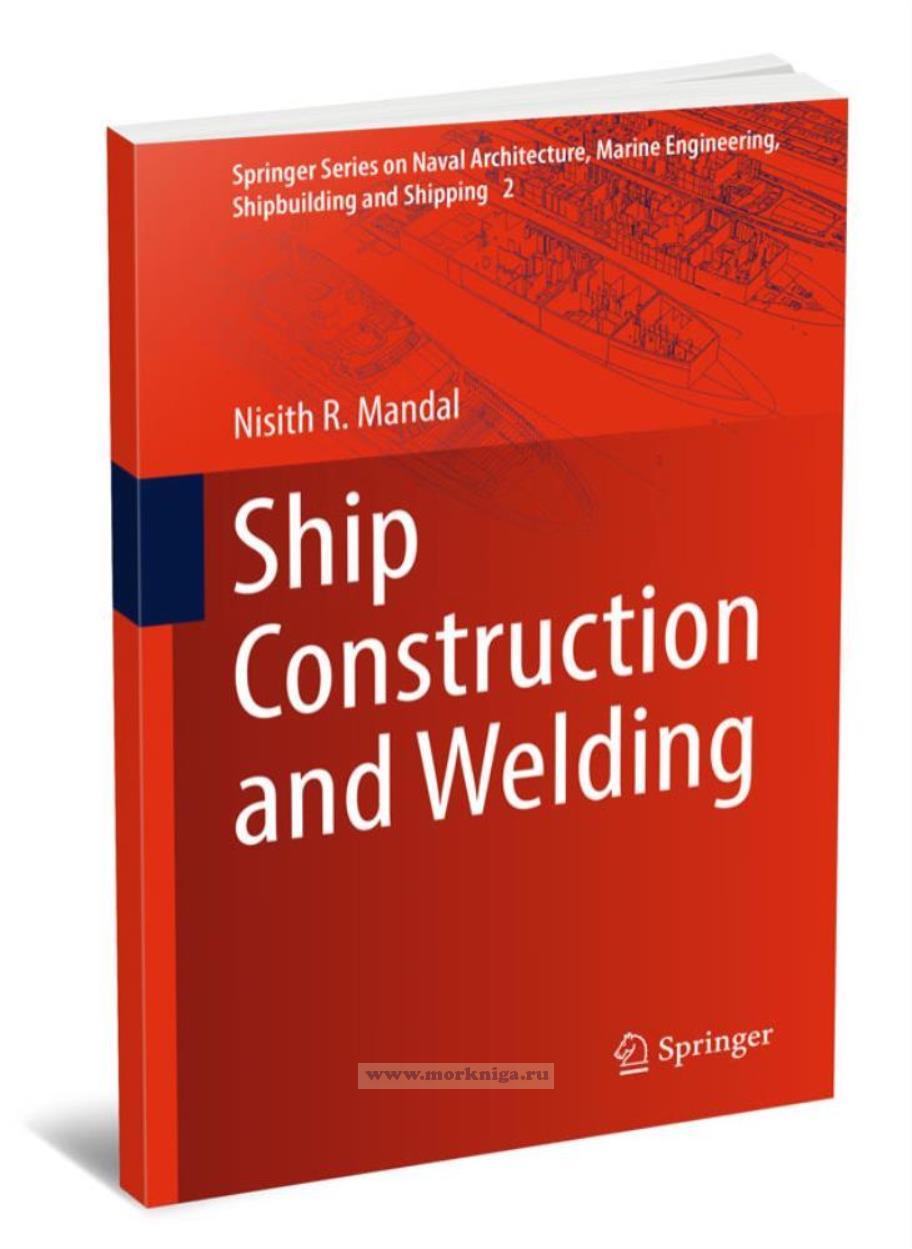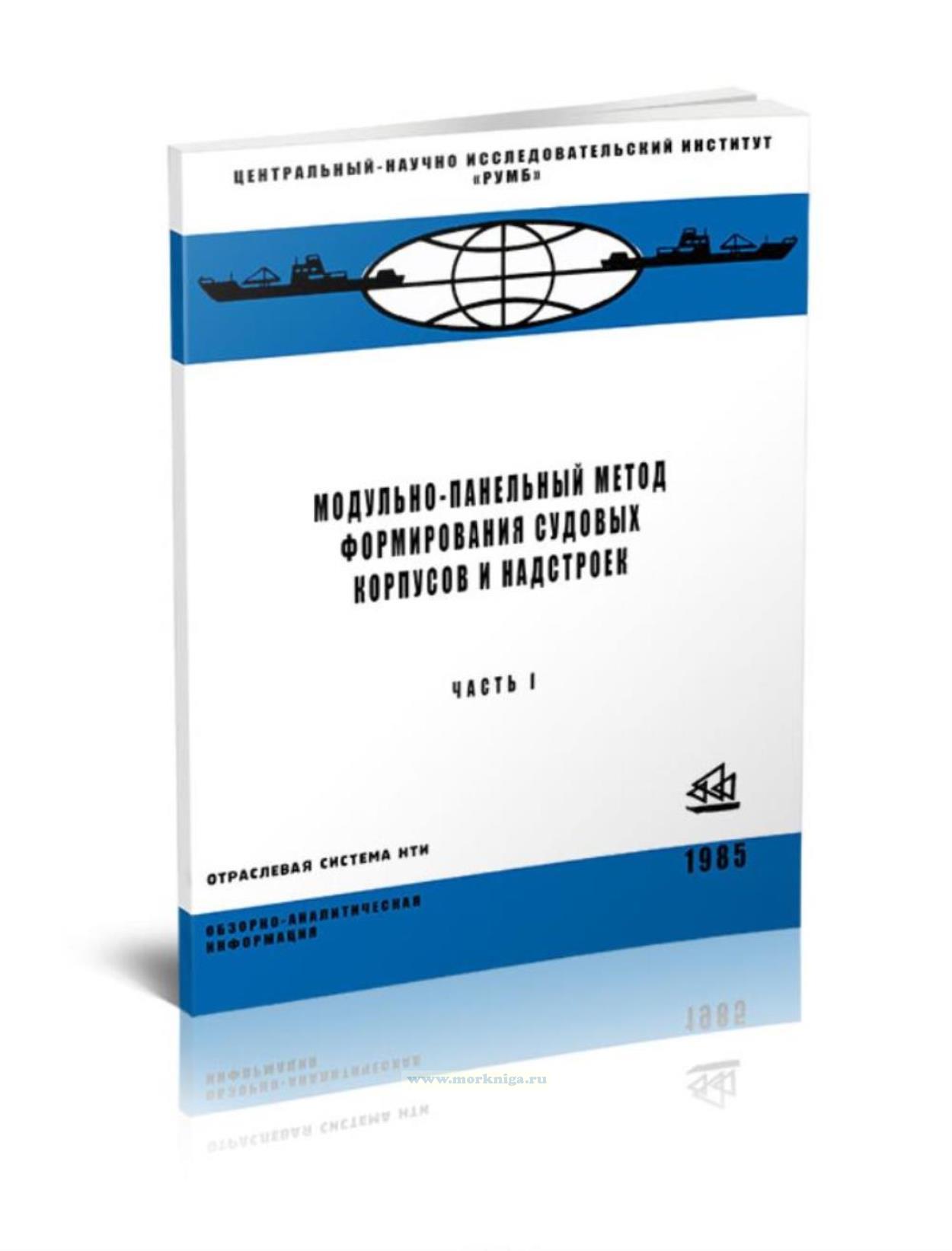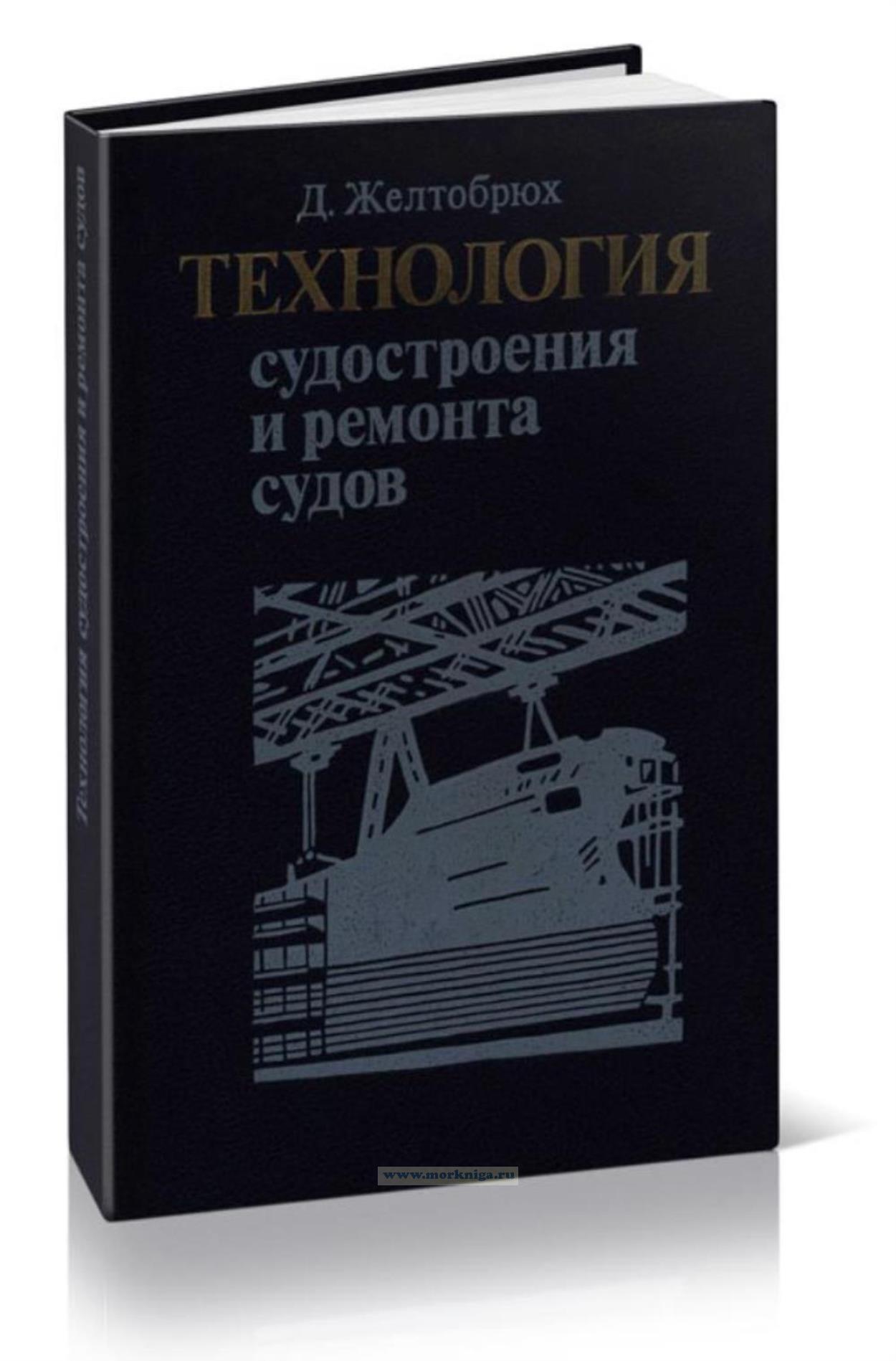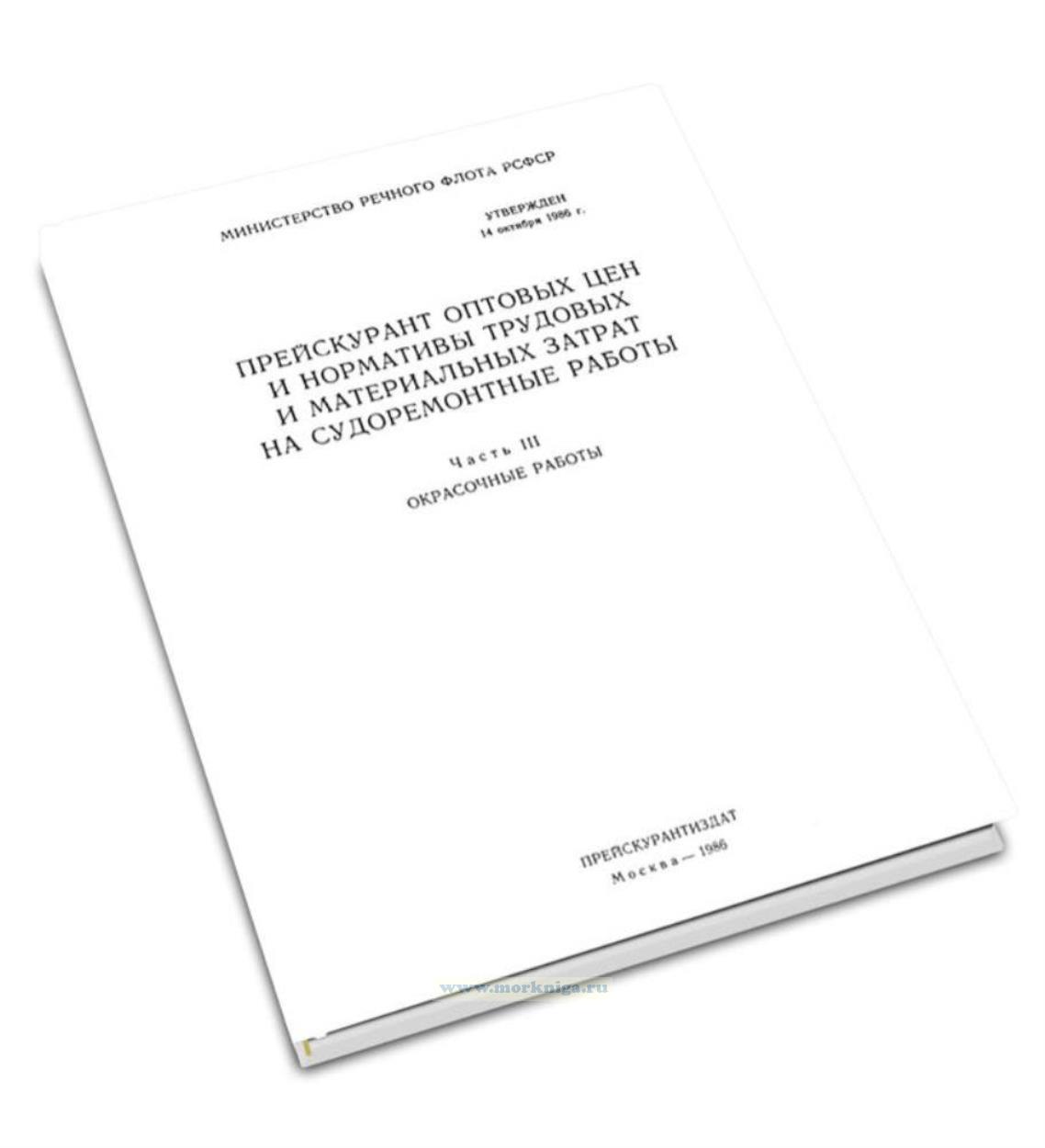Сб с 10 до 16
Ship Construction and Welding/Судостроение и сварка
Издание на английском языке
This book addresses various aspects of ship construction, from ship types and construction materials, to welding technologies and accuracy control.
The contents of the book are logically organized and divided into twenty-one chapters.The book covers structural arrangement with longitudinal and transverse framing systems based on the service load, and explains basic structural elements like hatch side girders, hatch end beams, stringers, etc. along with structural subassemblies like floors, bulkheads, inner bottom, decks and shells. It presents in detail double bottom construction, wing tanks & duct keels, fore & aft end structures, etc., together with necessary illustrations. The midship sections of various ship types are introduced, together with structural continuity and alignment in ship structures.With regard to construction materials, the book discusses steel, aluminum alloys and fiber reinforced composites. Various methods of steel material preparation are discussed, and plate cutting and forming of plates and sections are explained. The concept of line heating for plate bending is introduced.Welding power source characteristics, metal transfer mechanisms, welding parameters and their effects on the fusion zone, weld deposit, and weld bead profile are discussed in detail. Various fusion welding methods, MMAW, GMAW, SAW, Electroslag welding and Electrogas welding and single side welding are explained in detail. Friction stir welding as one of the key methods of solid state welding as applied to aluminum alloys is also addressed.The mechanisms of residual stress formation and distortion are explained in connection with stiffened panel fabrication, with an emphasis on weld induced buckling of thin panels. Further, the basic principles of distortion prevention, in-process distortion control and mitigation techniques like heat sinking, thermo-mechanical tensioning etc. are dealt with in detail.In its final section, the book describes in detail various types of weld defects that are likely to occur, together with their causes and remedial measures. The nondestructive testing methods that are most relevant to ship construction are explained. Lastly, a chapter on accuracy control based on statistical principles is included, addressing the need for a suitable mechanism to gauge the ranges of variations so that one can quantitatively target the end product accuracy.
Contents
1 Introduction to Ships
1.1 Ship Types
1.2 Basic Features
References
2 Characteristics of Shipbuilding Industry
3 Structural Requirement
3.1 Longitudinal Strength
3.2 Transverse Strength
3.3 Torsional Strength
3.4 Local Strength
3.5 Structural Arrangement
3.6 Framing System
3.6.1 Longitudinal Framing System
3.6.2 Transverse Framing System
4 Basic Structural Components
4.1 Longitudinal and Transverse Members
4.2 Girders and Transverses
4.2.1 Centre Girder
4.2.2 Side Girder
4.2.3 Hatch Side Girder
4.2.4 Hatch End Beam
4.2.5 Deck Transverse
4.3 Stringers
4.4 Floors
4.4.1 Plate Floor
4.4.2 Bracket Floor
4.4.3 Water Tight Floor
4.5 Brackets
References
5 Structural Subassemblies
5.1 Flat Stiffened Panel
5.2 Curved Stiffened Panel
5.3 Bulkheads
5.3.1 Transverse Water Tight Bulkhead
5.3.2 Non Water Tight Bulkheads
5.4 Decks and Shells
5.4.1 Main Deck and Lower Deck
5.4.2 Side Shell
5.4.3 Inner Bottom Plating
5.4.4 Bottom Shell
6 Structural Assemblies
6.1 Double Bottom Construction
6.2 Wing Tanks
6.3 Duct Keel
6.4 End Construction
6.4.1 Fore End Construction
6.4.2 Aft End Construction
6.5 Rudders
6.6 Stern Tube
6.7 Shaft Boss and ‘A’ Bracket
7 Midship Sections
7.1 General Cargo Carrier
7.2 Bulk Carrier/OBO Carrier
7.3 Container Ship
7.4 Oil Tanker
7.5 RO-RO Ship
References
8 Structural Alignment and Continuity
8.1 Structural Alignment
8.2 Structural Continuity
Reference
9 Material of Construction
9.1 Steels
9.1.1 Normal Strength Steel
9.1.2 High Strength Steel
9.1.3 Wear-Resistant Applications
9.1.4 Stainless Steels
9.2 Aluminum Alloys
9.2.1 Aluminum Alloy in Shipbuilding Applications
9.3 Fibre Reinforced Composites
References
10 Steel Material Preparation
10.1 Straightening and Stress Relieving
10.2 Surface Dressing-Mill Scale Removal
10.2.1 Shot Blasting
10.2.2 Acid Pickling
11 Plate Cutting
11.1 Mechanical Process
11.1.1 Mechanical Shearing
11.1.2 Water Jet
11.2 Thermal Process
11.2.1 Oxy-Fuel Flame Cutting
11.2.2 Plasma Arc Cutting
11.2.3 Laser Cutting
References
12 Plate and Section Forming
12.1 Mechanical Methods
12.1.1 Roller Bending and Hydraulic Press
12.1.2 Universal Press for Plate Bending
12.2 Line Heating
12.2.1 Compound Curved Surface Generation
12.2.2 Heating Path Generation
12.2.3 Types of Heat Sources Used in Line Heating
References
13 Fusion Welding Power Source
13.1 Types and Characteristics
13.1.1 Constant Current Power Source
13.1.2 Constant Voltage Power Source
13.1.3 Pulsed Mode Power Source
13.1.4 Inverter Power Supply
13.2 Metal Transfer Mechanism
13.2.1 Short Circuiting Transfer
13.2.2 Globular Transfer
13.2.3 Spray Transfer
13.2.4 Pulsed Transfer
References
14 Welding Parameters
14.1 Welding Current
14.2 Welding Arc Voltage
14.3 Welding Speed
14.4 Electrode Feed Speed
14.5 Electrode Extension
14.6 Electrode Diameter
14.7 Electrode Orientation
14.8 Electrode Polarity
14.9 Shielding Gas Composition
14.10 Marangoni Convection
14.11 Cooling Rate and HAZ
References
15 Fusion Welding Methods
15.1 Manual Metal Arc Welding
15.1.1 Types of Electrodes
15.1.2 Basic Features
15.1.3 Operating Variables
15.2 Gas Metal Arc Welding
15.2.1 Process Characteristics
15.2.2 Metal Transfer Characteristics
15.2.3 Operating Variables
15.2.4 Shielding Gases
15.3 Submerged Arc Welding
15.3.1 Process Characteristics
15.3.2 Operating Variables
15.3.3 Flux
15.3.4 Estimation of Welding Parameters
15.3.5 Cracks in Submerged Arc Welds
15.4 Electrogas Welding
15.4.1 Salient Features
15.4.2 Process Characteristics
15.4.3 Application and Welding Performance
15.5 Electroslag Welding
15.5.1 Process Characteristics
15.5.2 Operating Variables
15.5.3 Merits and Limitations
15.5.4 Application
15.6 Single Side Welding
15.6.1 Process Variables
15.6.2 Backing Strip
15.7 Multi Electrode Welding
15.7.1 Characteristic Features
15.7.2 Salient Features
References
16 Solid State Welding
16.1 Friction Stir Welding
16.1.1 Features of FSW Joint
16.1.2 Tool Geometry
16.1.3 Tool Material
16.1.4 Heat Generation
16.1.5 Basic FSW Metallurgy of Aluminum Alloy
16.1.6 Defects and Their Detection
16.1.7 Merits and Limitations of FSW
References
17 Welding Residual Stress and Distortion
17.1 Key Issues
17.1.1 Role of Designers
17.1.2 Degree of Initial Deformation
17.1.3 Plate Handling
17.1.4 Steel Cutting
17.1.5 Stiffener Welding
17.2 Residual Stresses
17.2.1 Plastic Strain
17.3 Distortion Mechanism
17.3.1 Shrinkage Due to Butt Welds
17.3.2 Longitudinal Bending (Bowing) in Built-up Girders
17.3.3 Buckling Due to Welding
17.3.4 Distortions in Ship Hull Units
17.3.5 Shrinkage of Hull Units
17.3.6 Buckling of Shell and Deck Panels
References
18 Distortion Control and Mitigation
18.1 Distortion Control Through Design
18.2 Distortion Control Through Fabrication Technique
18.3 Heat Input
18.4 Heat Sinking
18.5 Thermo-Mechanical Tensioning
18.5.1 TMT Model
18.6 Weld Sequencing
References
19 Welding Defects
19.1 Lack of Penetration
19.2 Lack of Fusion
19.3 Undercutting
19.4 Porosity
19.5 Weld Cracks
19.6 Slag Inclusion
References
20 Nondestructive Testing
20.1 Visual Inspection
20.2 Dye Penetrant Testing
20.3 Magnetic Particle Testing
20.4 Radiographic Testing
20.5 Ultrasonic Testing
20.6 Acoustic Emission Testing
Reference
21 Accuracy Control
21.1 Accuracy Control System
21.2 Control Charts
21.3 Accuracy Control Planning
21.4 Accuracy Control Standardization
21.5 Setting Accuracy Standards
21.6 Factors Leading to Dimensional Error
21.7 Self Check
References

 Модульно-панельный метод формирования судовых корпусов и надстроек. Часть I
Модульно-панельный метод формирования судовых корпусов и надстроек. Часть I  Технология судостроения и ремонта судов
Технология судостроения и ремонта судов  Прейскурант оптовых цен и нормативов трудовых и материальных затрат на судоремонтные работы. Часть III. Окрасочные работы
Прейскурант оптовых цен и нормативов трудовых и материальных затрат на судоремонтные работы. Часть III. Окрасочные работы